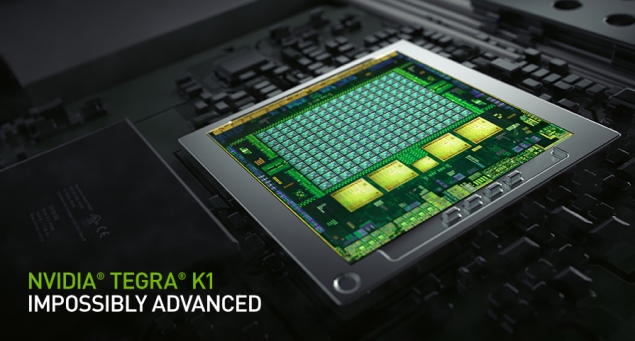
Samsung Galaxy S5 is a much-anticipated device, and the speculation around it is endless. However, in a Bloomberg News interview published on Thursday, Samsung's mobile executive VP, Lee Young-hee, outlined broad plans for the company's upcoming flagship smartphone, the next iteration of the Galaxy Note phablet as well as the new Galaxy Gear smartwatch.
Speaking about the launch date of the Galaxy S5, and the next iteration of the Galaxy Gear, Young-hee was quoted as saying, "We've been announcing our first flagship model in the first half of each year, around March and April, and we are still targeting for release around that time. When we release our S5 device, you can also expect a Gear successor with more advanced functions, and the bulky design will also be improved."
The launch of the Galaxy Gear alongside the Galaxy S5 was rumoured as far back as November. However, the launch date seems to contradict what another Samsung executive is reported to have said recently. Samsung Electronics Vice President of Design Team Dong-hoon Chang had apparently said that talk of a Galaxy S5 launch around MWC 2014 was "about right", so could we see a February unveiling at MWC, followed by a launch in March-April? It's certainly possible.
Rumours of the eye-scanning feature, which we've reported before, were also acknowledged by Young-hee, who said: "Many people are fanatical about iris recognition technology." Young-hee also said the company was considering the inclusion of iris-scanning technology in the Galaxy S5, to take on Apple's Touch ID fingerprint-scanning biometric authentication feature, launched with the iPhone 5s.
Interestingly, Young-hee in the interview acknowledged the slow adoption of the Galaxy S4, saying "it's partly true that consumers couldn't really feel much difference between the two products (Galaxy S IIIand Galaxy S4) from the physical perspective, so the market reaction wasn't as big."
In this context, speaking about plans for the Galaxy S5, Young-hee added: "For the S5, we will go back to the basics. Mostly, it's about the display and the feel of the cover."
Describing plans for the next iteration of the Samsung Galaxy Note phablet, Young-hee said a three-sided display was under consideration, one that would enable users to be able to read from a sharper angle. He added that the next Galaxy Note will be released, as always, in the second half of the year, and be targeted at consumers who want "more professional use and tend to be willing to pay more for handsets."
When elaborating about Samsung's plans for the future of the wearable device segment, Young-hee said that health-care related functions will be a very important part of next-generation wearables like the Galaxy Gear.















